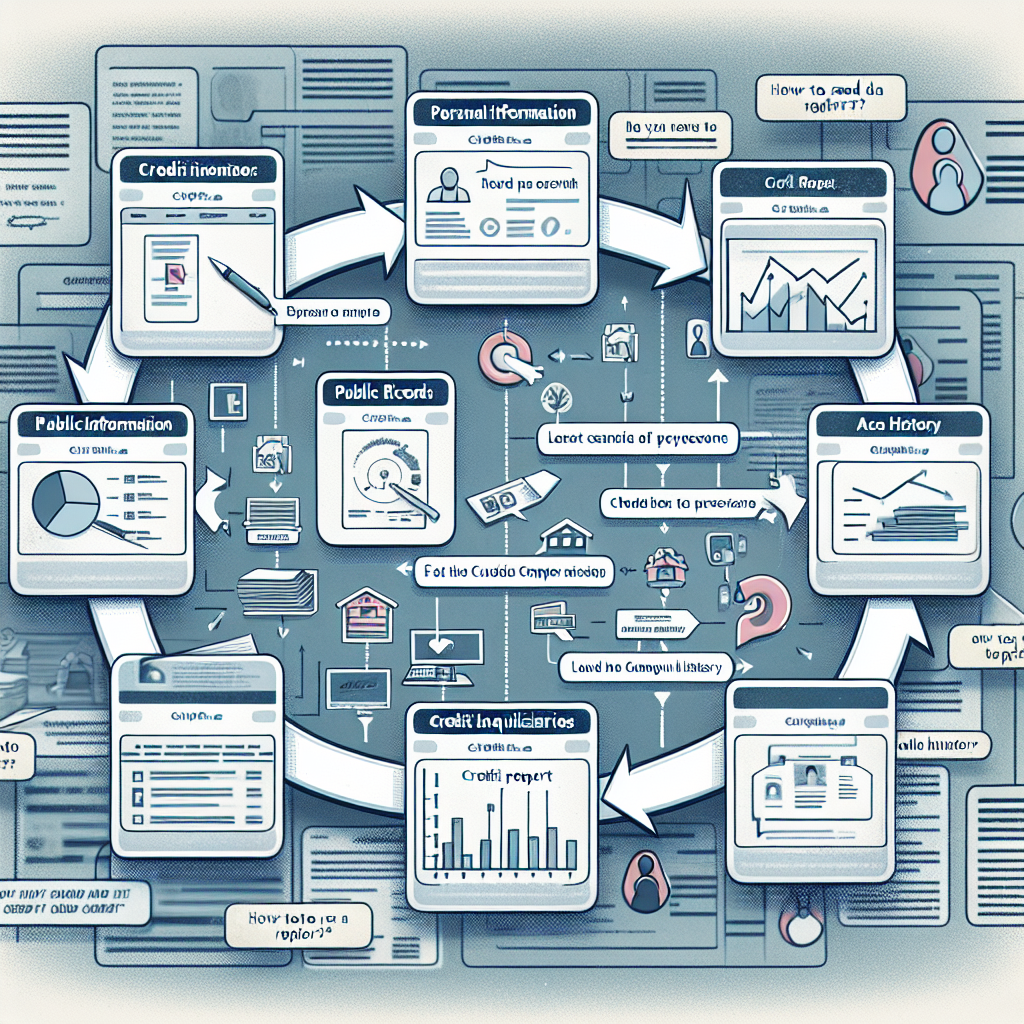Your credit report is one of the most significant financial documents in your life. It can impact your ability to secure loans, rent a home, or even land a job. Understanding your credit report is essential for maintaining good credit health, identifying errors, and protecting yourself against identity theft. In this step-by-step guide, we will walk you through how to read your credit report, ensuring that you leverage this crucial information effectively.
What is a Credit Report?
A credit report is a detailed account of your credit history prepared by a credit bureau. It includes information on your credit accounts, payment history, credit inquiries, and public records like bankruptcies or liens. Your credit report is used by lenders and other institutions to evaluate your creditworthiness.
Step 1: Obtain Your Credit Report
Before you can read your credit report, you first need to obtain a copy. In the U.S., you can get a free credit report once a year from each of the three major credit bureaus: Equifax, Experian, and TransUnion. Visit AnnualCreditReport.com to request your reports safely and securely.
Why It’s Important to Review Your Credit Report Regularly
Checking your credit report regularly helps you stay informed about your financial standing and can reveal fraudulent activity before it becomes a significant issue. Additionally, reviewing your report helps you prepare for any upcoming credit applications, giving you a chance to correct errors that might affect your score.
Step 2: Understand the Different Sections of Your Credit Report
A typical credit report is divided into several key sections:
Personal Information
This section contains your identifying information, such as your name, address, social security number, and date of birth. Ensure that this information is accurate; inaccuracies can lead to complications in loan applications.
Credit Accounts
This is the core of your credit report. It lists all your open and closed credit accounts, including credit cards, loans, and mortgages. Key details usually included are:
- Account Type (e.g., installment, revolving)
- Date Opened
- Credit Limit or Loan Amount
- Current Balance
- Payment History
Inquiries
This section shows the requests made to your credit report. There are two types of inquiries:
- Hard Inquiries: Occur when you apply for credit and can impact your credit score.
- Soft Inquiries: Do not affect your score and can occur when companies check your credit for promotional reasons.
Public Records
This section includes legal records such as bankruptcies, tax liens, or judgments against you. These can significantly damage your credit score, so it’s crucial to ensure all entries are accurate.
Step 3: Analyze Your Payment History
Your payment history makes up a substantial part of your credit score. Check this section carefully to ensure that all payments are recorded accurately. Look for:
- Missed Payments: Any late payments can lower your score.
- Collections: Accounts sent to collections can negatively impact your credit.
- Retired Accounts: Closed accounts in good standing can help your score.
Step 4: Review Your Credit Utilization Ratio
Your credit utilization ratio is calculated by dividing your total credit card balances by your total credit limits. A high utilization rate (over 30%) can hurt your credit score. This is the ideal place to investigate potential improvements; consider reducing your balances or asking for a credit limit increase.
Step 5: Look for Errors or Inaccuracies
One of the most critical tasks when reading your credit report is identifying errors. Common mistakes include:
- Wrong account information
- Duplicate accounts
- Accounts that do not belong to you
If you find discrepancies, take action to correct them. You can dispute errors directly with the credit bureau by providing supporting documentation.
Step 6: Monitor Your Credit
After understanding and analyzing your credit report, it’s equally important to keep an eye on your credit regularly. Consider investing in credit monitoring services that alert you about changes to your report.
Benefits of Credit Monitoring
- Prevent Identity Theft: Quick alerts can help you act before damage is done.
- Stay Informed: Regular updates keep your credit knowledge current.
- Score Improvement Guidance: Some services provide tips for improving your score.
Conclusion
Reading and understanding your credit report is a fundamental step in managing your financial health. By following this step-by-step guide, you’ll gain valuable insights into your credit status, help prevent identity theft, and ensure that you maintain a strong credit profile. Make it a habit to check your report regularly, correct any errors, and use this knowledge to inform your financial decisions. Your credit report may seem daunting, but with the right approach, you can navigate it with confidence.

